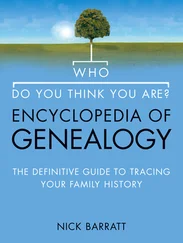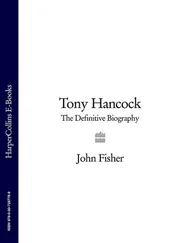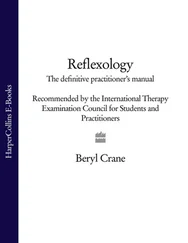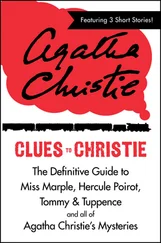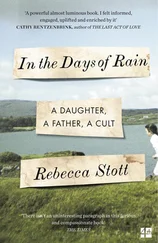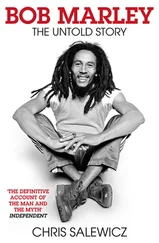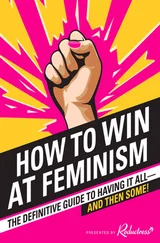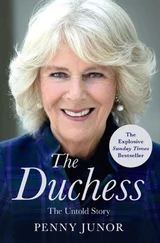1 ...6 7 8 10 11 12 ...30 Chris Farlowe and the Thunderbirds were an emerging act on the R&B circuit in 1960. Page had first seen Farlowe perform three years before, at the British Skiffle Group Championship at Tottenham Royal in north London.
Farlowe’s throaty soul vocals fronted the outfit, but it was his guitarist Bobby Taylor who Page would assiduously study. ‘He would sit there and watch Bobby playing. Then he’d come backstage and say, “Oh man, what a great guitar player you are.” So Bobby influenced him a great deal,’ Farlowe told writer Chris Welch. ‘Jimmy was very keen to meet him as he thought he was the coolest guitarist he’d ever seen. Bobby Taylor was a very handsome bloke and always dressed in black … Jimmy used to come to our gigs at places like the Flamingo. Then one day he walked up to us at some hall in Epsom, where he lived, and said, “I’d like to finance an album of you and the band.”’
Clearly the 16-year-old Page, who was the same age as Farlowe, had a lucid eye on his future, as he had saved the money, aware that this creative investment would eventually repay him handsomely. And he also declared that he would be the producer of this album, a pronouncement of almost shocking confidence and self-possession from one so young.
The album was recorded at R. G. Jones Studios in Morden, Surrey. Page, observed Farlowe, seemed thoroughly au fait with the workings of a recording studio: ‘He knew what to do and just plugged the guitar directly into the system without using any amplifiers. He didn’t play any guitar himself. He didn’t want to, not with Bobby Taylor playing in the studio.’
The songs included a powerhouse version of Carl Perkins’s ‘Matchbox’ and a hard rendition of Barrett Strong’s ‘Money’, driven by a thundering Bo Diddley beat. But the LP would not be released until 2017, on Page’s own label.
Not content with working his way to becoming the greatest rock guitarist, Page’s intuition had clearly told him to study the art of record production too. Did he have a glimmer that he would bring all this together in the not-too-distant future?
In 1960 Red E. Lewis and the Red Caps were introduced to the beat poet Royston Ellis, who was looking for musicians to back him at a series of readings.
Ellis was born in 1941, three years before Jimmy Page, in Pinner, north-west London, an outer suburb, like Heston in far west London, where Page first lived. Leaving school at 16, he was determined to become a writer, and at the age of 18 he had his first book published, Jiving to Gyp , a collection of his poetry. Ellis was immediately taken with rock ’n’ roll; he would supplement his meagre earnings from poetry by writing biographies of the likes of Cliff Richard and the Shadows and James Dean. In 1961 he published his account of UK pop music, The Big Beat Scene .
Ellis referred to his live events, mixing beat music and poetry, as ‘Rocketry’. At first he had been supported by Cliff Richards’s backing group, the Drifters, who, upon changing their name to the Shadows to avoid confusion with the American R&B vocal group, almost immediately had a number one hit with ‘Apache’ and could no longer fulfil this function for the poet.
Determinedly bisexual and looking for someone to pick up, in 1960 Ellis had encountered George Harrison in the Jacaranda coffee bar in Liverpool. Although Harrison managed to avoid the poet’s advances, the Beetles – as they were then known – ended up backing his poetry reading in the city. Ellis always claimed it was he who suggested they substitute the second ‘e’ in their name for an ‘a’. Lennon later said he saw Ellis as ‘the converging point of rock ’n’ roll and literature’; the song ‘Paperback Writer’ was said to have been inspired by him.
Through Red E. Lewis and the Redcaps, Ellis had learned of the stimulant effects of chewing the Benzedrine-covered cardboard strip inside a Vick’s inhaler, useful for the increasing array of late-night shows the group needed to play in far-flung parts of Britain. The poet turned the Beatles on to this, staying up talking to them until nine o’clock the next morning.
When it came to his backing music, Ellis decided he did not require the entire musical combo of Red E. Lewis and the Red Caps. Instead he settled on only one musician: Jimmy Page.
Between late 1960 and July 1961 Page played several stints backing Ellis. One of the most significant dates they played was a television broadcast, on ITV’s Southern Television, recorded in Southampton with Julian Pettifer. Ellis would later claim that he had secured Page his first TV appearance, though this was manifestly not the case.
Page was still playing his second-hand Futurama Grazioso; soon it would be replaced with a genuine Fender Telecaster. On 4 March 1961 he and Ellis played together at Cambridge University, at the Heretics Society. And on 23 July 1961, having played in assorted coffee bars and small halls, the pair were faced with a bigger challenge. Twenty-year-old Ellis, accompanied by seventeen-year-old Page, was part of the Mermaid Festival at the newly opened experimental Mermaid Theatre, by London’s Blackfriars Bridge. Such illustrious names as Louis MacNeice, Ralph Richardson, Flora Robson and William Empson were also giving readings at the festival.
‘Jimmy Page was very dedicated to my poetry, understood it, and we worked well together, producing a dramatic presentation that was well received both on TV and stage,’ said Ellis.
‘Jimmy composed his own music to back my poems – usually ones from Jiving to Gyp , although I might have been performing the one with the line “Easy, easy, break me in easy” from my subsequent book Rave . The Mermaid show was the peak – and possibly the final one – of our stage performances.’
‘Royston had a particularly powerful impact on me,’ said the musician of the poet’s work. ‘It was nothing like I had ever read before and it conjured the essence and energy of its time. He had the same spirit and openness that the beat poets in America had.
‘When I was offered the chance to back Royston I jumped at the opportunity, particularly when we appeared at the Mermaid Theatre in London in 1961. It was truly remarkable how we were breaking new ground with each reading.
‘We knew that American jazz musicians had been backing poets during their readings. Jack Kerouac was using piano to accompany his readings, Lawrence Ferlinghetti teamed with Stan Getz to bring poetry and jazz together.’
These arty events with Royston Ellis were, however, rare and unusual for Page. More commonly he simply toured incessantly with Red E. Lewis and the Redcaps – and then Neil Christian and the Crusaders.
Red E. Lewis and the Redcaps’ manager Chris Tidmarsh had decided that he would become the group’s singer, renaming himself Neil Christian. In accordance with his own change of identity, Tidmarsh/Christian gave the group the moniker the Crusaders, and Page became ‘Nelson Storm’. Rhythm guitarist John Spicer was henceforth known as ‘Jumbo’, while drummer Jim Evans was given the sobriquet of ‘Tornado’.
Playing the same circuit, with Screaming Lord Sutch and the Savages, was a guitarist who had also grown up in Heston. His name was Ritchie Blackmore, and he had a bright future as a founding member of Deep Purple and celebrated guitar hero in his own right.
‘I met Jimmy Page in 1962. I was 16, 17,’ he recalled of their first meeting, at a time when ‘Nelson Storm’ had acquired a new instrument. ‘We played with Neil Christian and the Crusaders. Jimmy Page was playing his Gretsch guitar. I knew he was going to be somebody then. Not only was he a good guitar player, he had that star quality. There was something about him. He was very poised and confident. So I thought, “He’s going to go somewhere, that guy – he knows what he’s doing.” But he was way ahead of most guitar players. He knew he was good too. He was the type of guy, who … he wasn’t arrogant, but he was very comfortable within himself.’
Читать дальше


